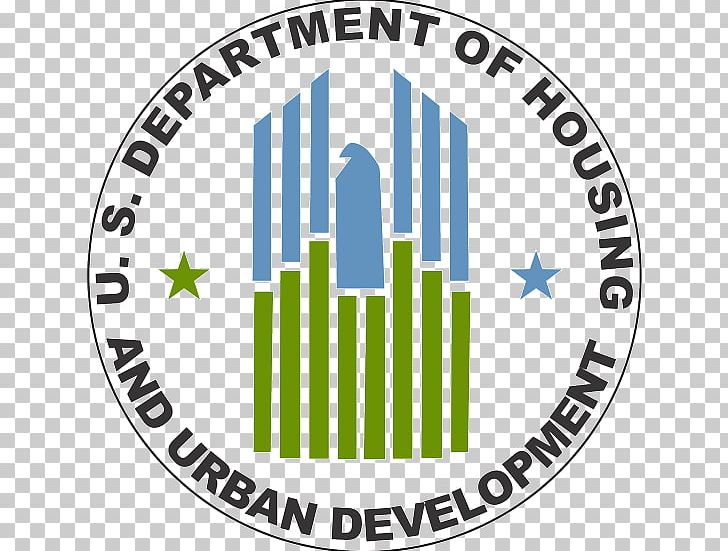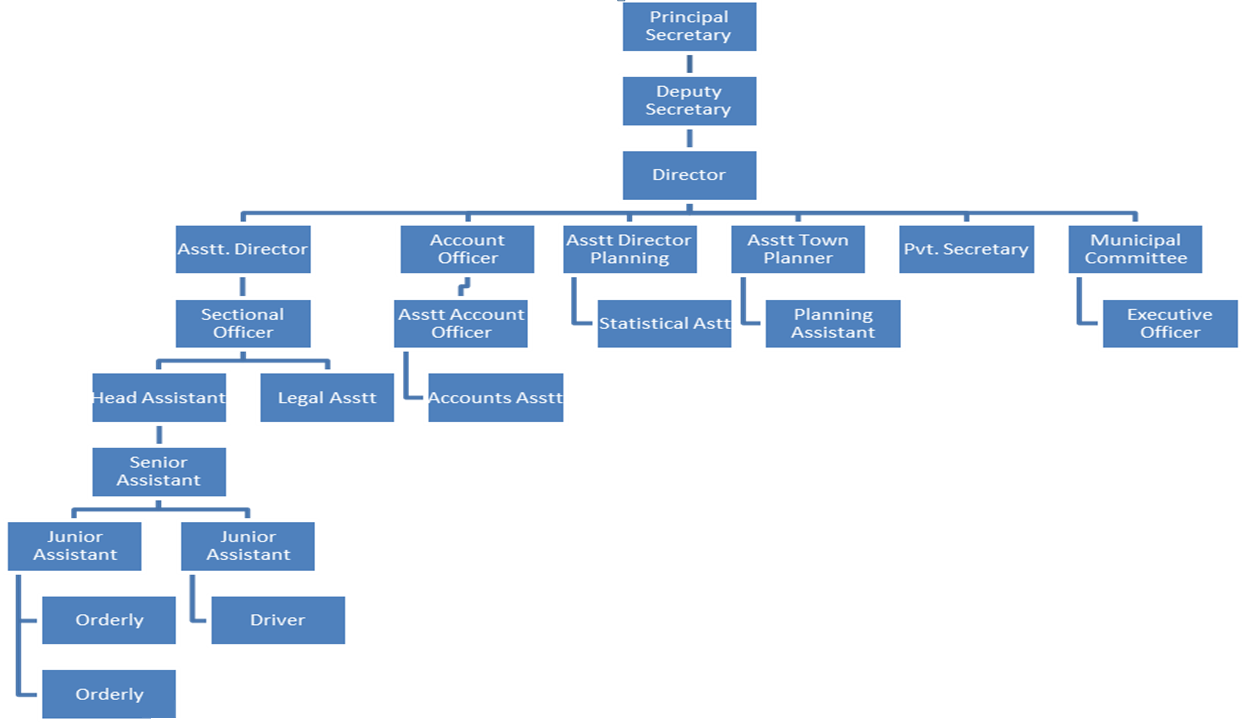In recent years, the challenges surrounding housing in urban development have become increasingly complex as cities around the world grapple with population growth, economic disparity, and environmental concerns. Urban planners, policymakers, and developers are under pressure to create sustainable, affordable, and livable housing solutions that cater to the needs of diverse populations. From addressing housing shortages to integrating green technologies, the focus on housing in urban development has never been more critical. This article dives into the key issues, innovations, and strategies driving the transformation of urban living spaces.
As cities continue to expand, the demand for housing in urban development is growing exponentially. Urbanization trends show that by 2050, nearly 70% of the global population will live in cities. This shift brings with it significant challenges, including rising housing costs, inadequate infrastructure, and environmental degradation. To tackle these issues, governments and private sectors are collaborating to develop innovative solutions that prioritize sustainability, affordability, and inclusivity.
From smart city initiatives to community-driven projects, the evolution of housing in urban development reflects a broader commitment to creating equitable living conditions for all. By exploring the latest advancements in urban planning, technology, and policy-making, this article aims to provide valuable insights into the future of urban living. Let's delve deeper into the complexities and opportunities surrounding housing in urban development.
Read also:Exploring The Ultimate Guide To Showtimes At Roosevelt Field Mall
What Are the Key Challenges in Housing in Urban Development?
Urban development faces numerous challenges, with housing being one of the most pressing issues. Cities worldwide are experiencing rapid population growth, leading to increased demand for residential spaces. However, this demand is often met with limited land availability, rising property prices, and inadequate infrastructure. These factors create barriers to affordable housing, leaving many urban residents struggling to find suitable living conditions.
Moreover, the environmental impact of urbanization cannot be ignored. Traditional housing models contribute significantly to carbon emissions and resource depletion. As a result, there is a growing need for sustainable housing solutions that minimize environmental harm while meeting the needs of urban populations. Policymakers and urban planners must address these challenges by implementing innovative strategies that promote inclusivity, affordability, and sustainability.
How Can We Achieve Affordable Housing in Urban Development?
Achieving affordable housing in urban development requires a multifaceted approach that involves collaboration between governments, private developers, and community organizations. One effective strategy is the implementation of zoning laws that encourage mixed-use developments, where residential, commercial, and recreational spaces coexist. This approach not only maximizes land use but also creates vibrant, walkable neighborhoods that reduce the need for private vehicles.
In addition, governments can provide incentives for developers to build affordable housing units. Tax breaks, subsidies, and low-interest loans can encourage private sector participation in creating housing options for low- and middle-income families. Furthermore, public-private partnerships can play a crucial role in financing and managing affordable housing projects, ensuring that they are both economically viable and socially responsible.
Why Is Sustainability Important in Housing in Urban Development?
Sustainability is a cornerstone of modern urban development, particularly when it comes to housing. As cities strive to reduce their carbon footprint and promote environmental stewardship, sustainable housing solutions are becoming increasingly important. These solutions include the use of energy-efficient materials, renewable energy sources, and smart technologies that optimize resource consumption.
Green building practices, such as passive solar design, rainwater harvesting, and waste reduction, are essential components of sustainable housing. By incorporating these practices into urban development projects, cities can significantly reduce their environmental impact while improving the quality of life for their residents. Moreover, sustainable housing promotes health and well-being by creating spaces that are safe, comfortable, and conducive to social interaction.
Read also:Unveiling The Stature Of Jey Uso A Comprehensive Guide To His Height And Persona
What Role Do Smart Technologies Play in Housing in Urban Development?
Smart technologies are revolutionizing the way we think about housing in urban development. From smart grids to IoT-enabled appliances, these technologies offer innovative solutions to some of the most pressing challenges in urban living. For example, smart energy management systems can help reduce electricity consumption by optimizing the use of lighting, heating, and cooling systems.
Additionally, smart technologies can enhance the safety and security of urban housing by providing real-time monitoring and alerts for potential hazards such as fires, floods, or intrusions. By integrating these technologies into housing projects, urban developers can create more efficient, secure, and sustainable living environments for their residents.
Emerging Trends in Housing in Urban Development
The field of housing in urban development is constantly evolving, with new trends emerging to address the changing needs of urban populations. One of the most significant trends is the rise of co-living spaces, where individuals share common areas and resources to reduce costs and promote community engagement. Co-living spaces are particularly popular among young professionals and students who value affordability and social interaction.
Another emerging trend is the integration of green spaces into urban housing projects. Rooftop gardens, vertical farms, and community parks are becoming common features in modern urban developments. These green spaces not only improve air quality and biodiversity but also provide residents with opportunities for recreation and relaxation.
Can Housing in Urban Development Promote Social Equity?
Social equity is a critical consideration in housing in urban development, as it ensures that all residents have access to safe, affordable, and high-quality living spaces. To promote social equity, urban planners must prioritize inclusive zoning policies that prevent segregation and promote diversity. Mixed-income housing developments, for example, can help bridge the gap between different socioeconomic groups by creating shared spaces where people from all walks of life can interact and collaborate.
Furthermore, social equity in housing can be achieved through targeted programs that support marginalized communities, such as low-income families, seniors, and people with disabilities. These programs may include affordable housing initiatives, rental assistance, and supportive services that address the unique needs of these populations.
How Can Community Participation Improve Housing in Urban Development?
Community participation is essential for creating successful housing projects in urban development. By involving residents in the planning and decision-making process, urban developers can ensure that the resulting housing solutions meet the needs and preferences of the local population. Community workshops, surveys, and public forums are effective tools for gathering feedback and fostering collaboration between stakeholders.
In addition, community participation can enhance the cultural and social value of housing projects by incorporating local traditions, aesthetics, and values into the design and implementation process. This approach not only creates a sense of ownership and pride among residents but also strengthens the social fabric of urban neighborhoods.
Key Strategies for Successful Housing in Urban Development
- Adopt inclusive zoning policies to promote diversity and prevent segregation.
- Integrate green technologies and sustainable practices into housing projects.
- Encourage community participation in the planning and decision-making process.
- Provide incentives for developers to build affordable housing units.
- Implement smart technologies to enhance efficiency and security in urban living spaces.
Table of Contents
- Revolutionizing Cities: The Future of Housing in Urban Development
- What Are the Key Challenges in Housing in Urban Development?
- How Can We Achieve Affordable Housing in Urban Development?
- Why Is Sustainability Important in Housing in Urban Development?
- What Role Do Smart Technologies Play in Housing in Urban Development?
- Emerging Trends in Housing in Urban Development
- Can Housing in Urban Development Promote Social Equity?
- How Can Community Participation Improve Housing in Urban Development?
- Key Strategies for Successful Housing in Urban Development
- Conclusion: Building the Cities of Tomorrow
Conclusion: Building the Cities of Tomorrow
The future of housing in urban development lies in our ability to address the complex challenges and opportunities presented by rapid urbanization. By prioritizing affordability, sustainability, and social equity, we can create cities that are inclusive, resilient, and environmentally responsible. As urban planners, policymakers, and developers continue to innovate and collaborate, the potential for transformative change in housing in urban development is limitless.
Ultimately, the success of housing in urban development depends on our willingness to embrace new ideas, technologies, and approaches that prioritize the well-being of urban residents. By working together, we can build cities that not only meet the needs of today's population but also pave the way for a brighter, more sustainable future for generations to come.


